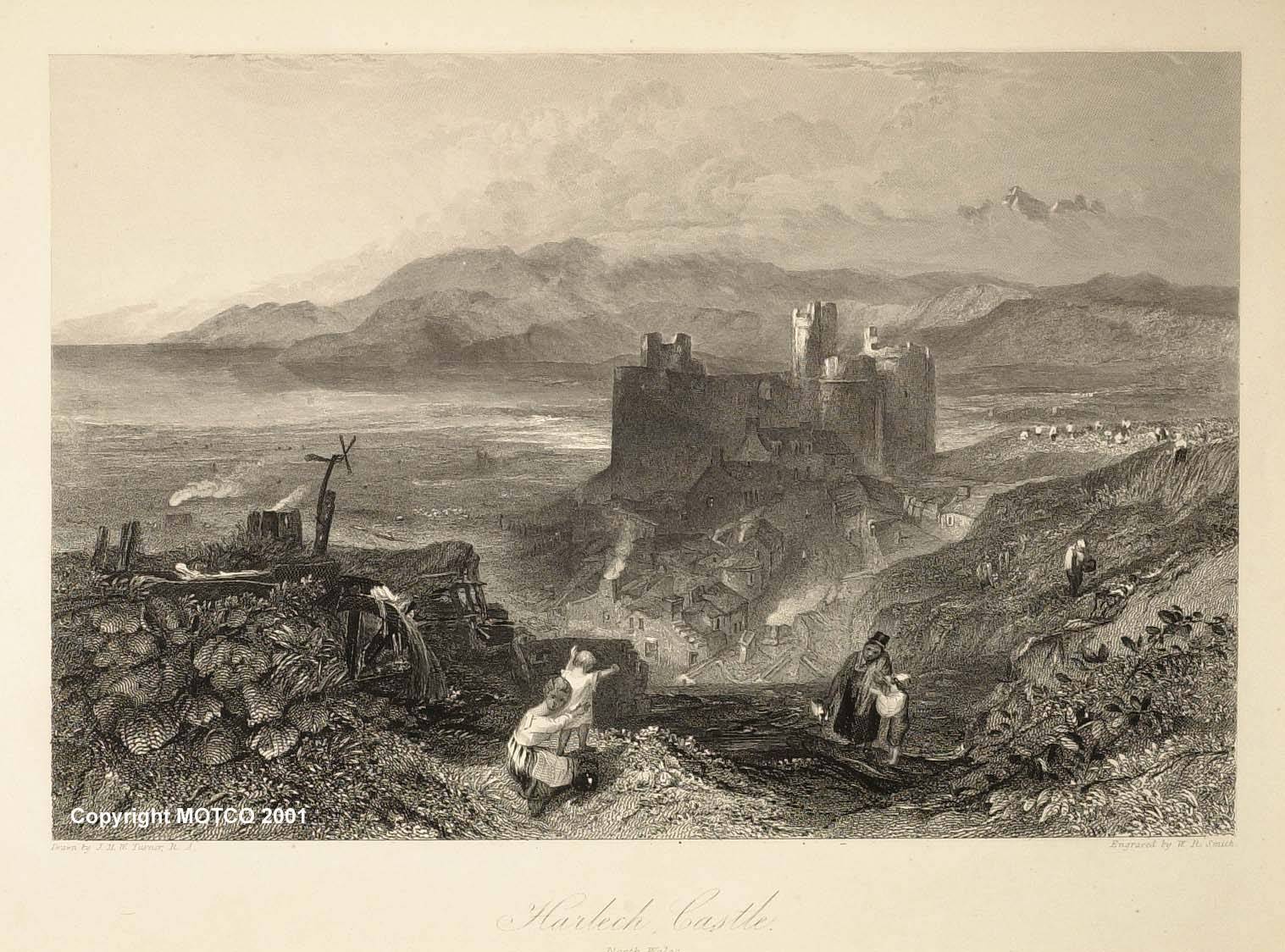(These are notes of a course given at Birkbeck College by Carol Jacobi in 2005/2006)
19thC Tourism and the Picturesque
Tourism, the Picturesque and Photography- List of images
Slide 1: Restormel Castle, from Fishers Drawing Room Scrapbook, 1832(image not found)
Slide 2: William Gilpin, Picturesque Mountain Landscape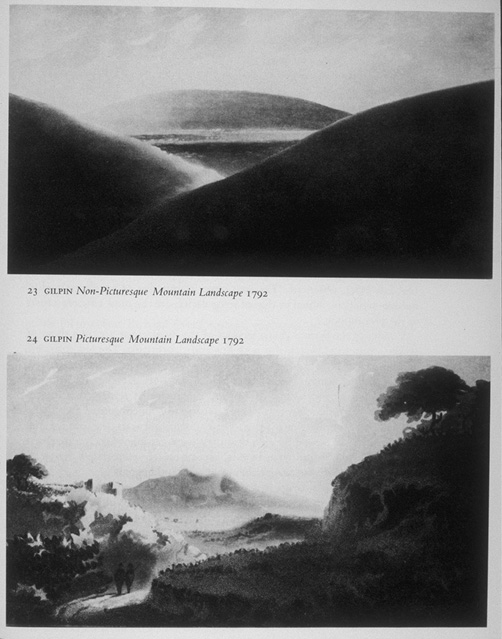
Slide 3: Non Picturesque Mountain Landscape, both from the 1808 edition of Three Essays (1792)(image not found)
Slide 4: Talman and Archer, design for the west front of Chatsworth, Derbyshire, 1685-1707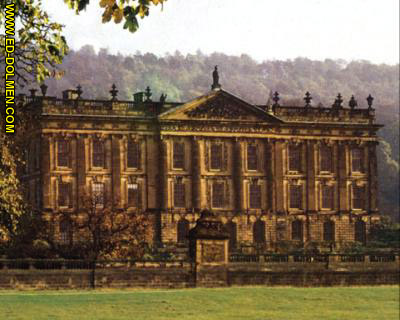
Slide 5: Joseph Wright of Darby, Vesuvius in Eruption, C.1776-1780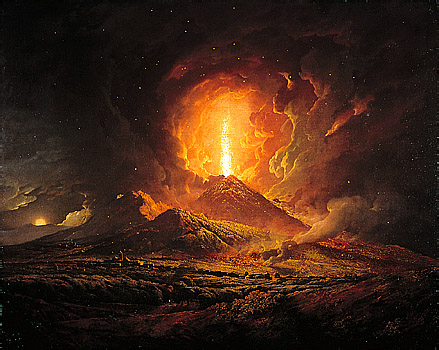
Slide 6: William Gilpin, Landscape Composition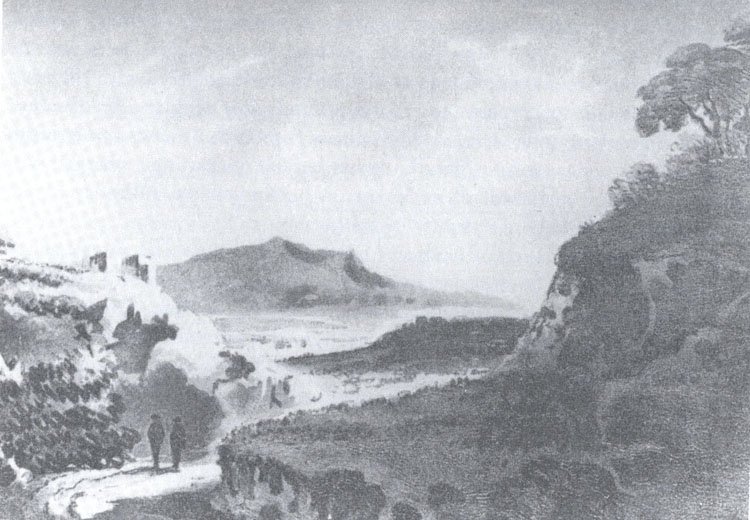
Slide 7: William Gilpin, Landscape with River and Bridge(image not found)
Slide 8: William Gilpin, Keswick Lake, 1772(image not found)
Slide 9: William Gilpin, View of Castle from the River Wye, 1770(image not found)
Slide 10: William Gilpin, View of Tintern Abbey from the Road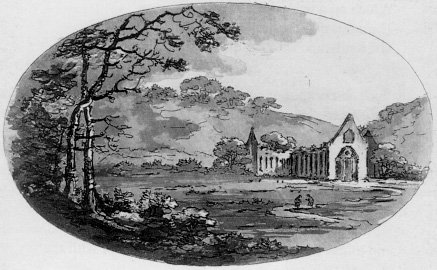
Slide 11: William Gilpin, View of Tintern Abbey from the Land(image not found)
Slide 12: Knyff, View of Chatsworth, c. 1700.(image not found)
Slide 13: Joseph Wright of Darby, Vesuvius in Eruption, C.1776-1780
Slide 14: Claude Glasses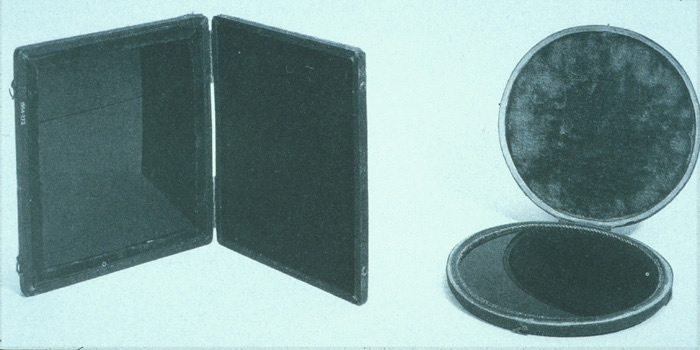
Slide 15: Claude, Landscape at Tivoli Temple, 1644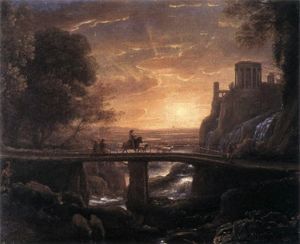
Slide 16: Claude, Pastoral Landscape(image not found)
Slide 17: Claude, View of Carthage with Dido and Aeneas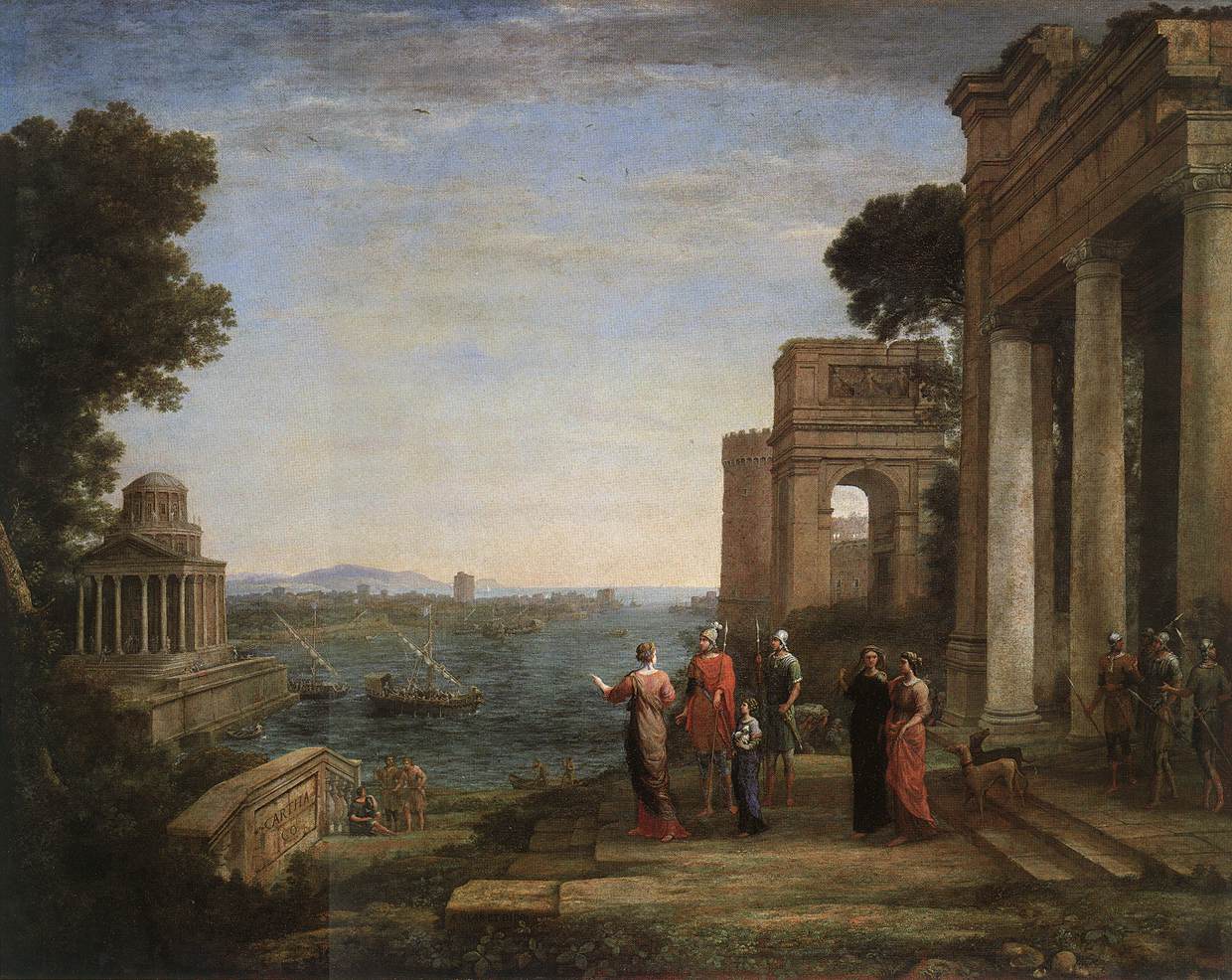
The story of Dido and Aeneas is one of the world's most tragic love stories, first described in Virgil's Aeneid, then Marlowe's Dido, Queen of Carthage and Henry Purcell and Nahum Tate's opera Dido and Aeneas. Before Aeneas founded Rome, he was a Trojan soldier. When Troy fell, he left with his followers in seven ships. He was shipwrecked on the shores of Carthage, the great African city ruled by Queen Dido. Dido and Aeneas fell deeply in love, but the gods called Aeneas away to fulfill his destiny in Italy, and Dido was left heartbroken and alone. In her despair, she built a funeral pyre and committed suicide atop it. Virgil gives the story as the explanation for Rome and Carthage's ancient grievance that culminated in the Punic Wars. In reality, there was a Queen Dido of Carthage, and she did commit suicide, but it was to avoid marrying a rival king, Iarbus.
Slide 18: Principle of the Camera Obscura, 1671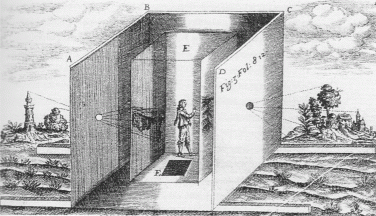
Slide 19: Portable Camera Obscura, late Cl8th
Slide 20: Fox Talbot, Group of Trees, salted paper print from paper negative,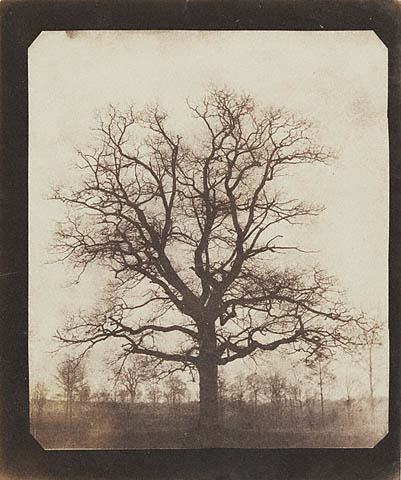
A single oak tree rather than the group
Slide 21: Fox Talbot, untitled salted paper print from paper negative, 1844.(image not found)
Slide 22: Benjamin Bracknell Turner, Rievaulx Abbey, albumen print from waxed paper negative, 1852-54.(image not found)
Slide 23: John Whistler, Young Girl Standing by a Fence, salted paper print,(image not found)
Slide 24: 55-1865.(image not found)
Slide 25: Henry White, The Lledr Bridge, albumen print from wet collodion,(image not found)
Slide 26: 55-1 850.(image not found)
Slide 27: Philip Henry Delamotte, Fountain Abbey, albumen print from wet collodion negative, 1856.(image not found)
Last Years slides
Slide 28: William Gilpin, ‘View of the Wye from Ross Churchyard’ 1770(image not found)
Slide 29: William Gilpin, a plate from Three Essays, 1792: unpicturesque mountain landscape(image not found)
Slide 30: William Gilpin, a plate from Three Essays, 1792: picturesque mountain landscape(image not found)
Slide 31: William Gilpin, ‘A View into a Winding Valley’ c.1790(image not found)
Slide 32: William Gilpin, ‘Tintern Abbey’ 1782: distant view(image not found)
Slide 33: William Gilpin, ‘Tintern Abbey’ 1782: near view(image not found)
Slide 34: Capability Brown, landscape gardens at Stowe, 1740s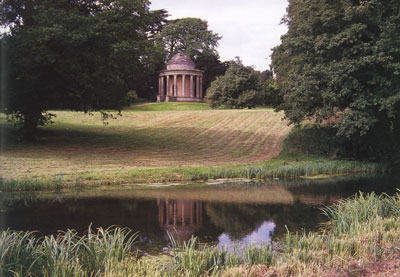
Slide 35: Capability Brown, landscape gardens at Blenheim Palace, 1760s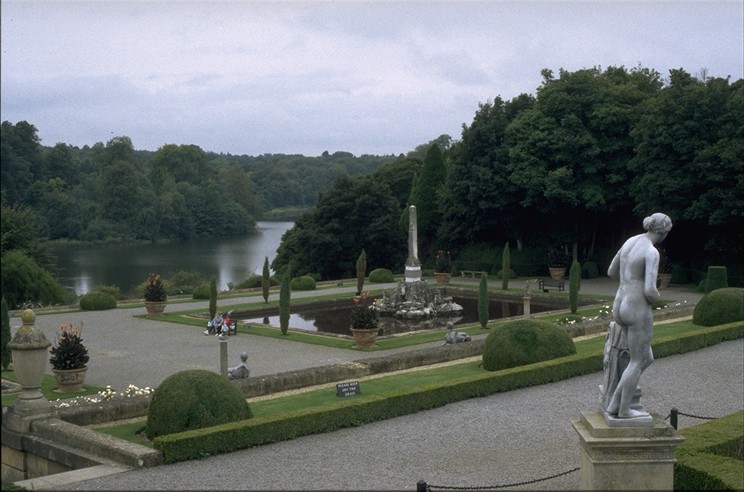
Slide 36: Jacob van Ruisdael, ‘Forest Scene’ c.1660-5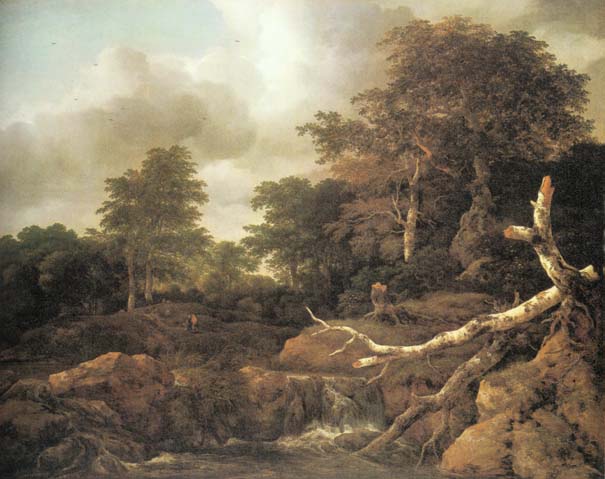
Slide 37: Thomas Gainsborough, ‘Cornard Wood’ 1748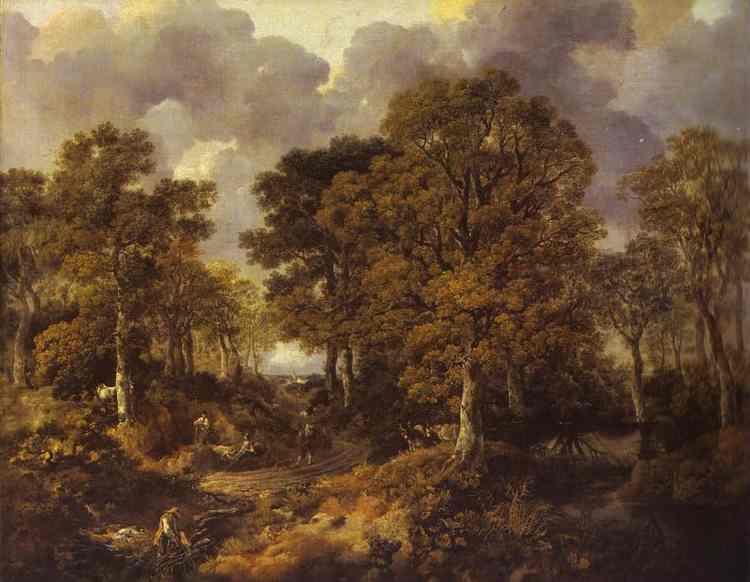
Slide 38: Thomas Gainsborough, ‘Cottage Door with Children Playing’ c.1778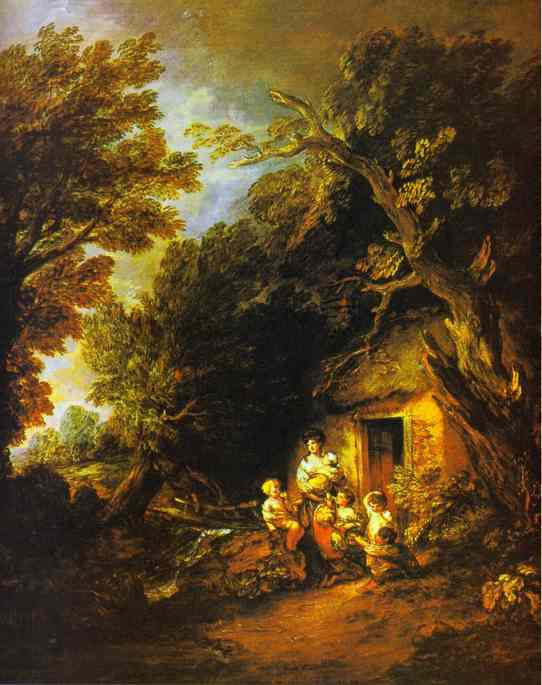
Exhibited R.A. 1780. Oil on canvas. Henry E. Huntington Art Gallery, San Marino, CA, USA
Slide 39: Thomas Girtin, ‘Interior View of Fountains Abbey, Yorkshire’ c.1799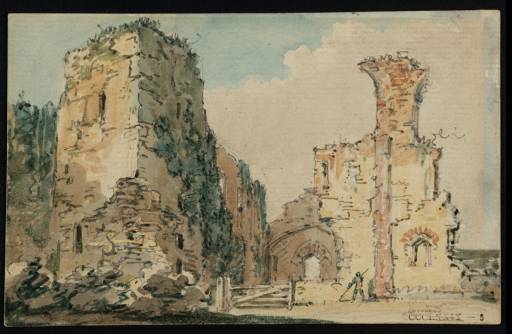
Slide 40: Thomas Girtin, ‘Interior View of Lindisfarne Priory’ c.1797(image not found)
Slide 41: J.M.W. Turner, ‘Rievaulx Abbey, Yorkshire’ c.1825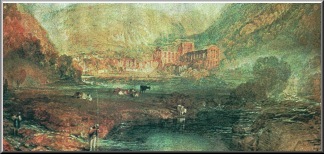
Slide 42: J.M.W. Turner, ‘Salisbury, from Old Sarum Intrenchment’ c.1828-9(image not found)
Slide 43: J.M.W. Turner, ‘Dudley, Worcestershire’ c.1830-1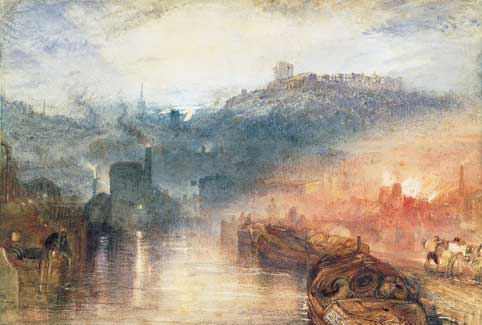
Slide 44: Thomas Jeavons after J.M.W. Turner, ‘Arundel Castle and Town, Sussex’ c.1830-3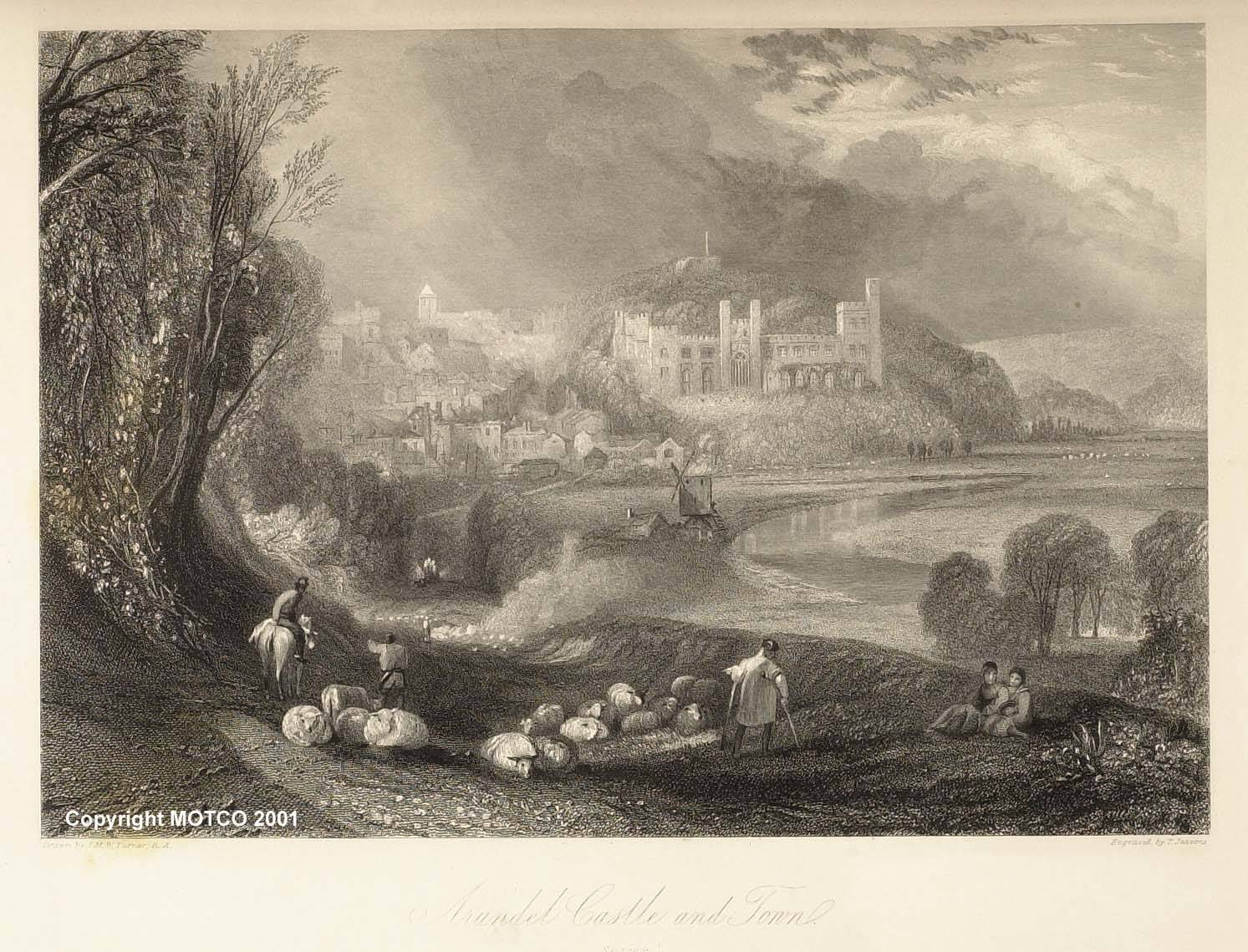
Slide 45: W.R. Smith after J.M.W. Turner, ‘Harlech Castle, North Wales’ c.1834-5